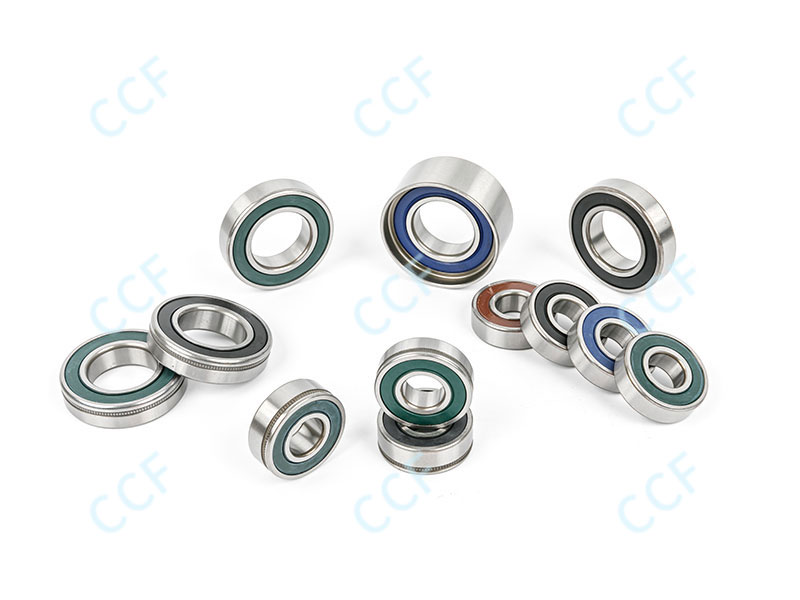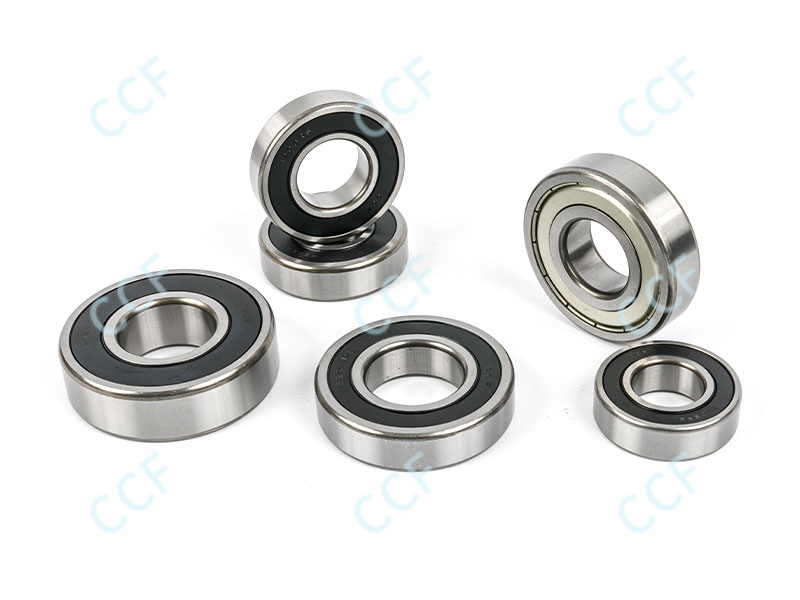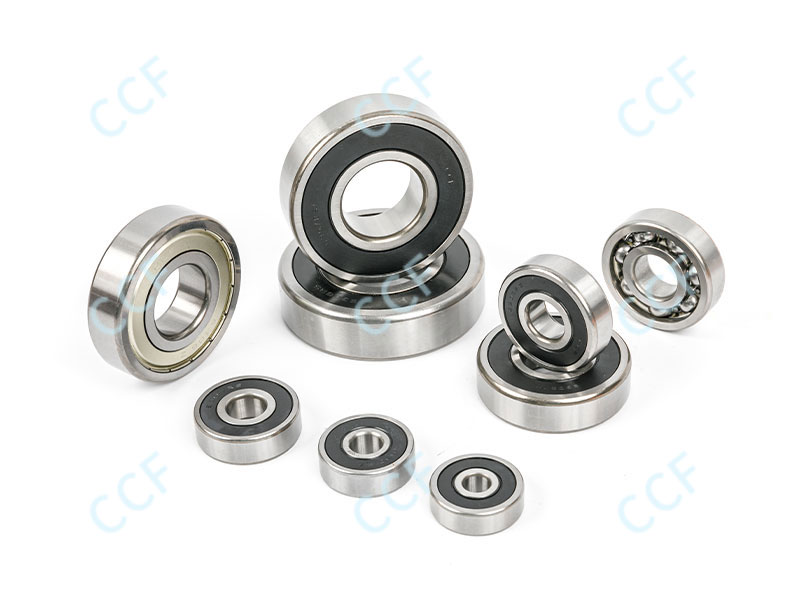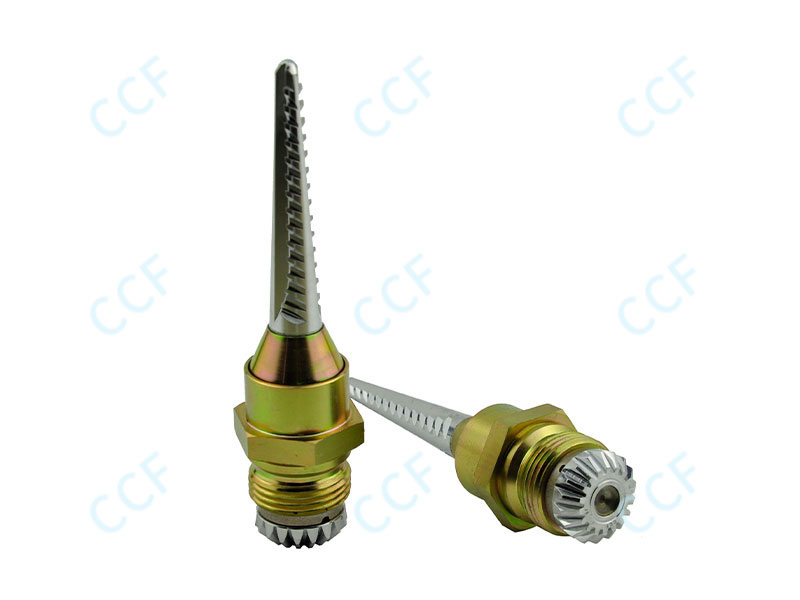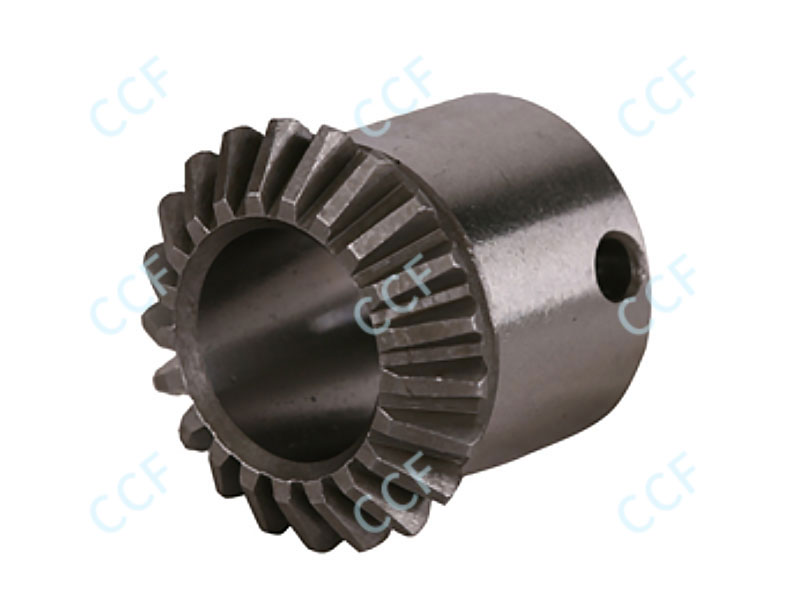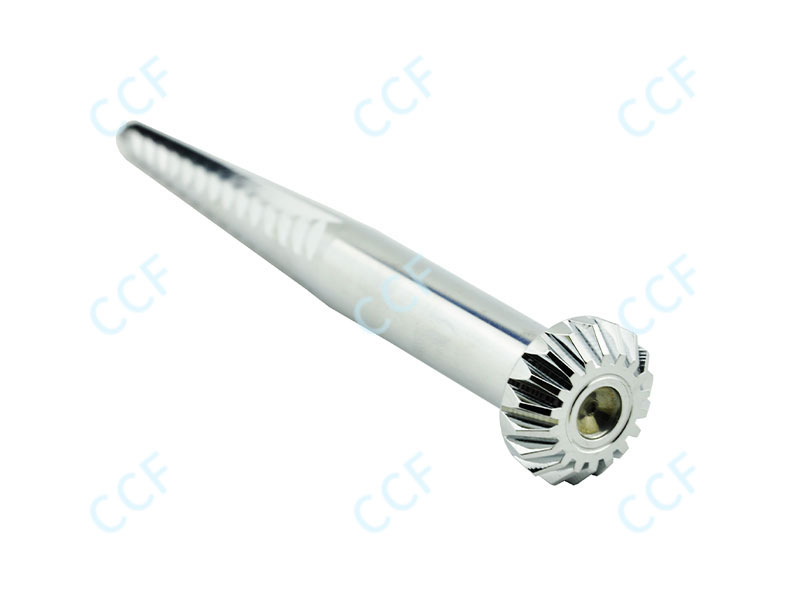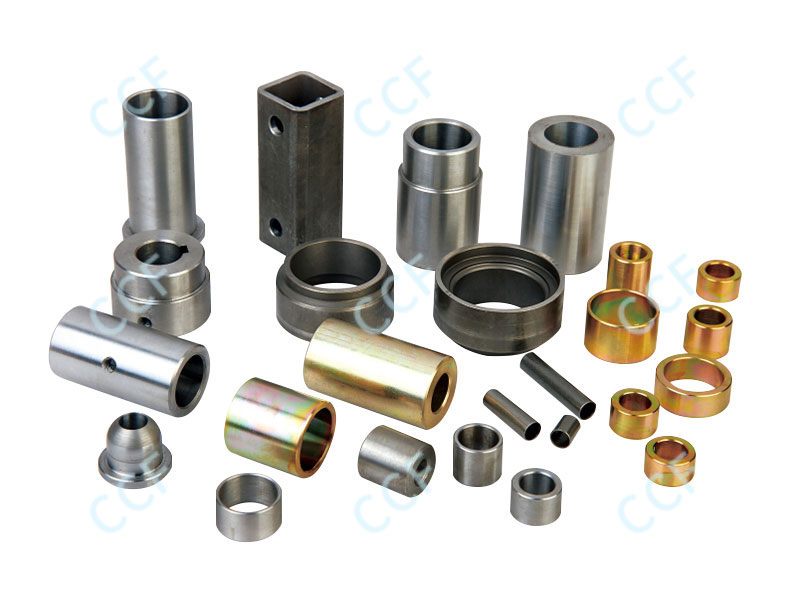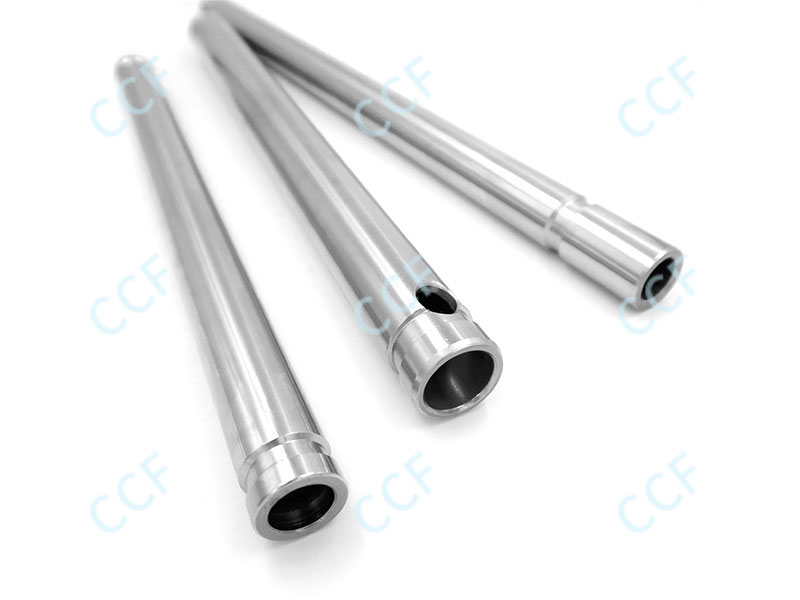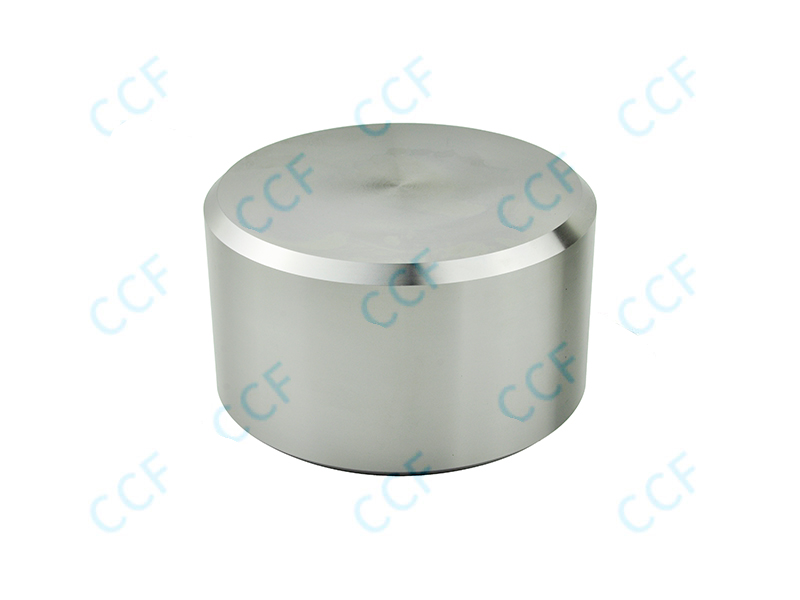Garden machinery bearings are essential components in equipment such as lawn mowers, hedge trimmers, chainsaws, and tillers. They support rotational motion, reduce friction, and maintain smooth operation under varying loads. Since garden machinery often operates in outdoor environments that expose components to dirt, moisture, and mechanical stress, bearings are prone to wear if not properly maintained. Implementing systematic maintenance practices is critical for extending their service life and ensuring machinery operates effectively. By examining specific maintenance strategies, users can minimize downtime, reduce repair costs, and improve overall equipment reliability.
Cleaning is one of the most important practices in maintaining garden machinery bearings. Dirt, grass clippings, and dust can easily infiltrate the bearing housing and compromise performance. Regular cleaning prevents the accumulation of debris that may increase friction and wear. Proper cleaning involves disassembling the bearing when possible, wiping off contaminants, and using appropriate cleaning solutions to remove residues. After cleaning, it is necessary to dry the bearing completely to avoid moisture-induced corrosion. Consistent cleaning not only restores bearing performance but also helps detect early signs of damage.
Lubrication reduces friction between moving surfaces and creates a protective film that minimizes wear. Garden machinery bearings require periodic lubrication depending on the operating environment and equipment usage frequency. Greases and oils should be selected based on manufacturer recommendations, taking into account viscosity, temperature range, and resistance to water washout. Over-lubrication can cause excess grease buildup and heat, while under-lubrication accelerates wear. Establishing a balanced lubrication schedule ensures bearings remain protected under different working conditions, such as mowing wet grass or operating in dusty environments.
Routine inspection allows early identification of wear, misalignment, or damage. Bearings that show signs of scoring, pitting, discoloration, or abnormal noise should be addressed immediately to prevent equipment failure. Inspections should also include checking seals and shields, as these components protect bearings from contaminants. A consistent inspection schedule enables maintenance personnel to replace or repair damaged bearings before they cause larger mechanical issues. Early detection is particularly valuable in extending the service life of bearings in high-use garden machinery.
Improper installation can shorten the service life of bearings significantly. Bearings must be installed using correct tools and techniques to avoid applying uneven force or damaging rolling elements. Misalignment during installation increases stress on the bearing and accelerates fatigue. Following the manufacturer’s installation guidelines, ensuring proper fit with shafts and housings, and using calibrated tools can prevent unnecessary wear. Training technicians or operators in proper installation procedures is also a preventive measure that contributes to bearing longevity.
Garden machinery frequently operates in environments with high moisture exposure, such as wet lawns or damp soil. Moisture infiltration leads to corrosion, rust, and eventual bearing failure. Protective measures include ensuring that seals are intact, applying corrosion-resistant lubricants, and storing machinery in dry environments when not in use. For equipment that operates regularly in wet conditions, bearings made from stainless steel or those with protective coatings may be selected to enhance resistance. Preventing moisture ingress significantly contributes to extended bearing performance.
Bearings in garden machinery can be exposed to elevated temperatures during prolonged operation. Excessive heat degrades lubrication and weakens bearing material. Maintenance practices that monitor temperature, such as periodic checks with infrared thermometers, help identify overheating issues. Overheating may indicate excessive load, misalignment, or insufficient lubrication. Addressing the root causes of high operating temperatures prevents damage and ensures bearings remain reliable over longer periods.
Uneven load distribution places stress on certain areas of a bearing, leading to premature fatigue. Ensuring that blades, rotors, or shafts are properly balanced helps distribute forces evenly. Operators should avoid pushing machinery beyond its design capacity, as overloading accelerates wear. Maintenance practices such as checking blade alignment, tightening bolts, and ensuring proper tension in drive systems reduce the risk of unbalanced loading. Balanced load conditions are essential for maintaining the structural integrity of bearings in garden machinery.
Seals are integral to the protection of bearings from dust, moisture, and contaminants. Worn-out or damaged seals compromise this protection and allow harmful particles to enter the bearing housing. Maintenance practices should include periodic inspection and replacement of seals when necessary. Using high-quality seals appropriate for the operating environment improves protection, particularly in dusty or wet gardening conditions. By ensuring seals are functional, the risk of bearing contamination is significantly reduced.
Proper storage and handling of garden machinery play an important role in maintaining bearing condition. Equipment should be stored in dry, clean spaces to prevent exposure to moisture and dust. When handling bearings during maintenance, it is essential to use clean gloves and tools to avoid introducing contaminants. Bearings should never be struck with metal tools, as impact damage weakens rolling elements. Following careful storage and handling practices minimizes risks of premature wear before the equipment is even in use.
Operators and maintenance personnel should be trained in best practices for bearing care. Awareness of lubrication schedules, cleaning techniques, and inspection routines ensures that bearings are maintained consistently. Providing clear maintenance documentation and checklists supports systematic upkeep. In smaller operations, educating users about simple practices such as cleaning equipment after use and monitoring unusual noises can have a significant impact on extending service life.
The following table summarizes critical maintenance practices and their effects on extending the service life of garden machinery bearings.
| Maintenance Practice | Purpose | Impact on Bearing Life |
|---|---|---|
| Cleaning | Remove dirt, dust, and grass clippings | Prevents abrasive wear and contamination |
| Lubrication | Reduce friction and wear | Improves smooth operation and reduces fatigue |
| Inspection | Detect early signs of damage | Allows timely repair or replacement |
| Seal Replacement | Maintain protection against contaminants | Reduces risk of corrosion and dirt entry |
| Storage | Prevent exposure to moisture and dust | Protects bearings during idle periods |
Preventive maintenance programs integrate all the above practices into a systematic schedule. By tracking lubrication intervals, inspection dates, and seal replacement timelines, users can ensure consistent care for garden machinery bearings. Digital tools and maintenance logs can assist in organizing tasks, especially for operations with multiple pieces of equipment. A structured preventive maintenance program minimizes unexpected breakdowns and ensures that bearings achieve their maximum service potential.
